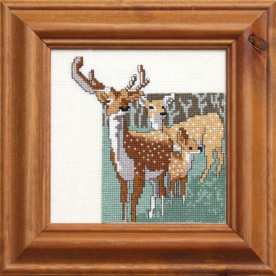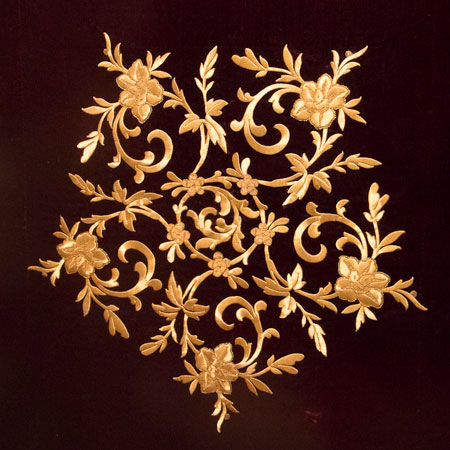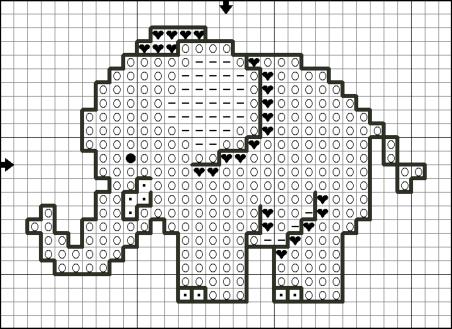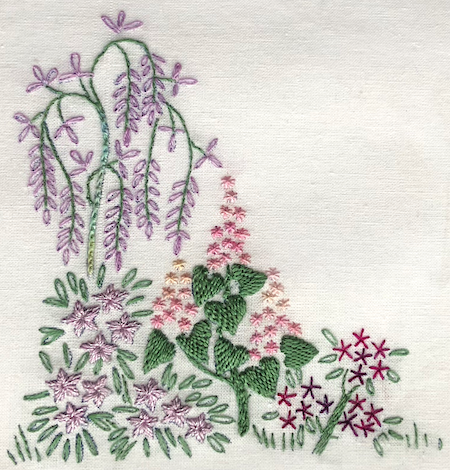- Home
- Cross Stitch
- Cross Stitch Vs Embroidery
Cross stitch vs embroidery:
Which suits you best?
This page explores cross-stitch vs embroidery, two popular stitching techniques, to help you choose the right one for your next project.
What is Embroidery?
Embroidery decorates fabric with different stitches and threads, disregarding the fabric's weave formation.
Embroiderers (or manufacturers) transfer patterns onto cloth using iron-on transfers, disappearing ink pens, or graphite pencils.
It is important to keep the lines narrow to prevent them from being seen if they do not wash out (as is often the case with transfers).
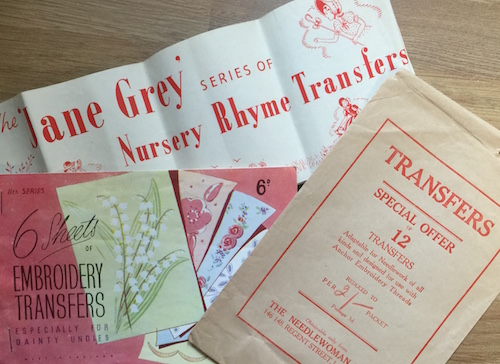 Old iron on embroidery transfers
Old iron on embroidery transfersWhat is Cross Stitch?
Cross stitching involves placing stitches based on a fabric's weave, typically starting with block-woven Aida fabric.
More experienced stitchers may use linen or cotton evenweave fabrics with more stitches to the inch.
Unlike embroidery, the pattern is not transferred to the cloth. Instead, cross stitching is created by counting stitches from a chart, with different thread colours represented by unique symbols.
To learn cross stitching, check out the how to cross stitch page.
Equipment Needed
Types of Fabric
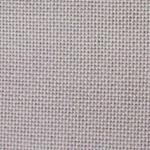
To ensure the longevity of hand-embroidered or cross-stitch pieces, use high-quality fabric, as your descendants may treasure them in the future.
For cross stitch, beginners often start with Aida fabric, a 100% cotton material. Alternative fabrics include evenly woven cotton, linen, and viscose-natural fibre blends.
When it comes to embroidery, you can choose from various surfaces, including fine muslin, silk, canvas, blankets or hessian.
Types of Thread
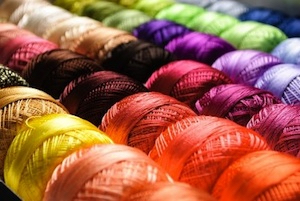
You have a wide range of thread options for embroidery, including thick, thin, shiny, and matte.
Whereas a cross-stitch design typically requires stranded embroidery floss, but blending filament, metallic thread, or seed beads can also be used.
Different Types of Needles
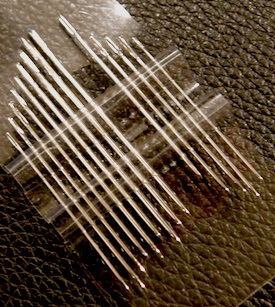
A key distinction between embroidery and cross stitch is the types of needles used.
In embroidery, sharp-pointed needles are used, facilitating easy piercing of the fabric.
Cross stitch needles are blunt to slip between fabric threads, NOT pierce it, ensuring stitches are evenly placed.
Time Commitment
Cross stitching and embroidery have different time commitments.
Embroidery is typically quicker than cross stitch as it doesn't require counting stitches on the chart and fabric, but this may not always be the case.
Creating an intricate embroidery design with multiple colours and stitches can take as long (or longer) than a simpler cross stitch design.
To sum it up, the time required for cross stitch vs. embroidery projects varies, depending on the project's complexity. Consider this when choosing between the two types of needlework.
Design Possibilities
The possibilities for design with both techniques are endless!
Cross stitching is all about arranging a series of small squares on a grid – but beware, curved shapes and lines can be tricky. However, you can still create beautiful designs despite working within these constraints. Careful use of color will greatly enhance the overall effect of your design.
The more complex the design, the more experience you will need to complete it – so if you're a beginner, you may want to choose a simple pattern first to gain confidence in your abilities.
In contrast, embroidery allows you to combine stitches to create realistic pictures, textures, and even a certain amount of dimensionality. Without following a grid or chart, you have the freedom to create whatever you want.
Both techniques offer unique ways of expressing yourself through needlework - from traditional motifs like flowers and animals to more modern patterns like abstract shapes and geometric figures.
Ultimately, the choice is yours when deciding which technique best suits your project!
Level of Detail
When deciding between embroidery or cross stitch, the level of detail is a major factor.
Embroidery offers more intricate designs than traditional cross-stitching due to its use of different stitches and threads. With embroidery, you can create complex patterns with subtle shading that would be difficult in regular cross stitch - unless your design is huge!
On the other hand, if you're looking for something simple or quick to make, then basic cross-stitch might be right up your alley!
Which will you choose?
No matter which type of stitching you choose, let your creativity shine through and have fun. With your newfound skills, you can create beautiful items to last a lifetime. You may even find yourself enjoying both types of stitching equally as much!
Stay connected between projects
If you’d like occasional updates from my embroidery room, including new patterns, gentle tips, and little things I think you might enjoy, you’re warmly invited to join the Stitchin’ Times newsletter.
No pressure. Just a friendly note now and then to keep you inspired.
